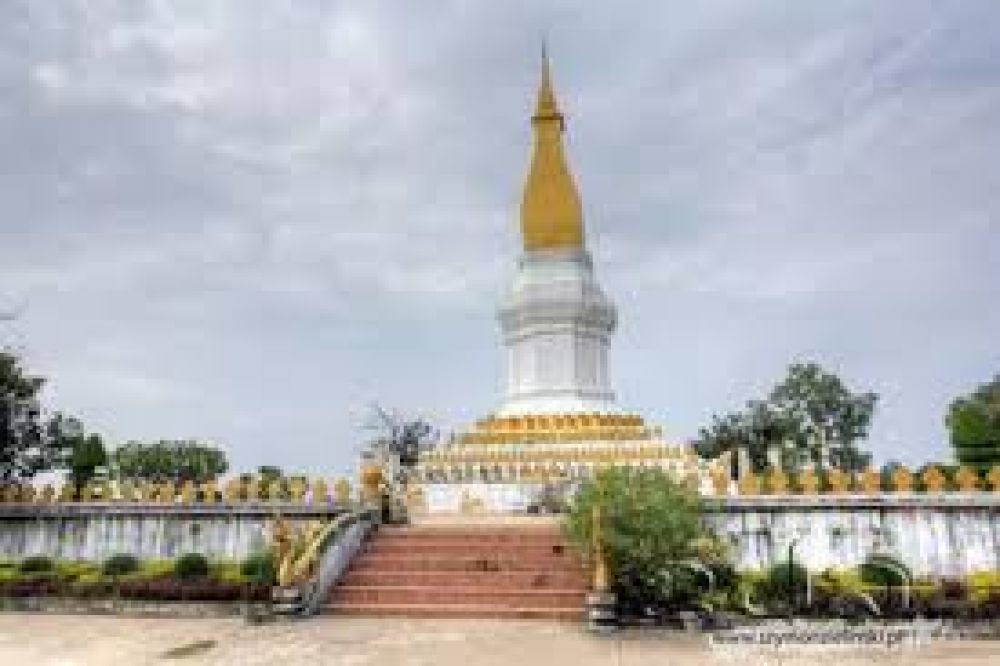

The history of tourism in Thakhek, Laos, particularly at the spiritual site of Pha That Sikhottabong, is relatively modest but deeply interwoven with the cultural and religious fabric of the region. Known as one of the most sacred monuments in Laos, Pha That Sikhottabong, also simply referred to as That Sikhottabong, has been a focal point for local pilgrims and intrepid travelers interested in the country's rich Buddhist heritage.
Pha That Sikhottabong dates back to as early as the 8th to 10th centuries. Despite its ancient origins, it became prominent as a tourist attraction only several decades ago, with the improvement of access and facilities. The stupa itself is said to house a relic of the Buddha and has been reconstructed and refurbished multiple times throughout history, most notably during the reign of King Setthathirath in the 16th century.
Tourism at Pha That Sikhottabong began to flourish starting in the late 20th century, as Laos slowly opened up to international visitors. Sightseers were drawn to Thakhek's natural wonders and began to incorporate visits to historical and cultural sites, such as Pha That Sikhottabong, into their itineraries. With the turn of the millennium, Laos has been promoting its cultural heritage more aggressively, bringing more attention to sites like That Sikhottabong.
The Pha That Sikhottabong Festival is a remarkable event that occurs annually, typically in February. This festival, which has become a significant pull for tourists, sees thousands of devotees from Laos and neighboring countries converging upon the stupa to pay homage, offering a splendid glimpse into the traditions and spiritual life of the Laotian people.
As part of the government's efforts to leverage cultural tourism, infrastructure in Thakhek has improved considerably. There are a greater number of guesthouses, hotels, and restaurants catering to various budgets and preferences, which has made Pha That Sikhottabong more accessible to international visitors. Furthermore, local tour operators now offer guided tours to the religious site, often combining it with other attractions in the Khammouane region.
In recent years, eco-tourism and adventure tourism have started to trend in the area surrounding Pha That Sikhottabong. The nearby Kong Lor Cave, a stunning 7-kilometer-long limestone cave, is an example of this trend, offering boat tours, kayaking, and caving experiences, which attract the millennial demographic seeking unique and immersive travel experiences.
With the rise of global environmental consciousness, there has been a greater emphasis on responsible tourism practices in and around Thakhek. Tourists are encouraged to respect local customs, dress modestly when visiting Pha That Sikhottabong, and minimize their environmental footprint to preserve the cultural and natural integrity of the region.
Despite the growing influx of tourists, Pha That Sikhottabong remains a serene and contemplative site, preserving its mystique and relevance both as a religious landmark and as a testament to the history and culture of Laos.